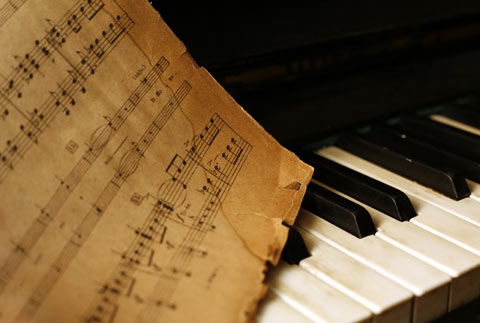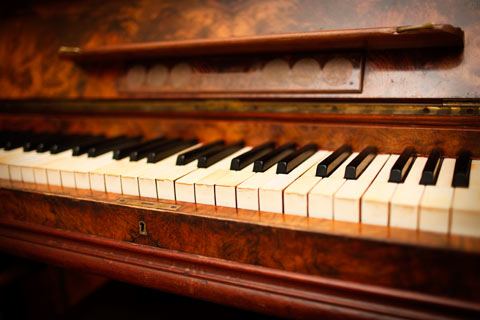Allowing a piano to go more than one year without being tuned, results in a drop in pitch below the piano’s original design.


How often should I get my piano tuned?
Piano manufacturers recommend tuning every six months. At a minimum, a piano should be tuned annually. Tuning is usually required as the seasons change or when a piano is moved to a different location. Pianos used in teaching environments, churches, or concert venues should be tuned more frequently.
How should I prepare for a service visit?
Remove any objects from the top of the piano and any paintings from the wall just above the piano. Make sure there is enough room around the piano for the tuner to work, and enough floor space for tools. Do not plan on running noisy appliances such as washers, dryers, blenders, T.V.’s, leaf blowers, etc., during the tuning process.
What causes a piano to go out of tune?
Changes in relative humidity affect a piano’s tuning. Pianos are primarily made of wood, which expands and contracts as the seasons change. During the winter when humidity is low, wood contracts causing the pitch level to drop. In contrast, during the summer months when humidity is high, wood expands causing the pitch level to increase.
How can I minimize seasonal pitch swings?
Installation of a Damp Chaser Humidity Control System will greatly improve tuning stability and minimize seasonal pitch swings.
What does A-440 mean?
Established in the early 1900’s, A-440 is the recognized standard pitch level. The A located above middle C is tuned to a frequency of 440 hertz, or 440 cycles per second.
My piano has not been played for quite some time. Does it still need tuning?
Yes, pianos are affected by humidity changes even if they are not being played. Allowing a piano to go more than one year without being tuned, results in a drop in pitch below the piano’s original design. Pianos that are not maintained will decrease in value over time.
